I made an accidental discovery, and I thought it would make for an excellent article. While researching the 11th arrondissement of Paris for the JB Walking Tour of Paris, part deux, I found out that a terrific old building that I passed one day was for a well-known wood supply company for local artisans — the artisans of Faubourg Saint-Antoine.
I was curious, so I decided to investigate.
It turns out, Faubourg Saint-Antoine has been known as the neighborhood for woodworkers since the Middle Ages. The ébénistes, as they’re known, supplied furnishings for Paris’ royalty. These skilled and talented workers were so revered, that the kings of France exempted them from paying taxes!
The industry got a boost during the reign of Louis XIV (King of France from 1643-1715). With all of his extravagance, he needed a lot of luxurious accoutrements to ‘kit out’ his palaces that spilled over with opulence.
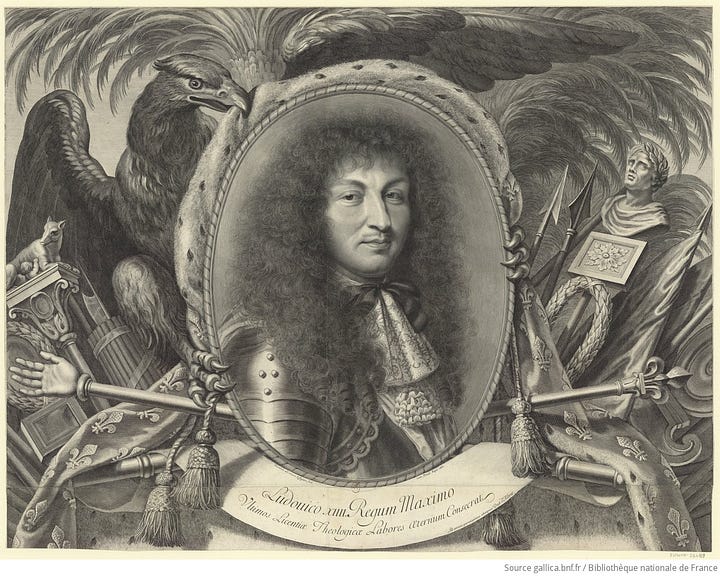
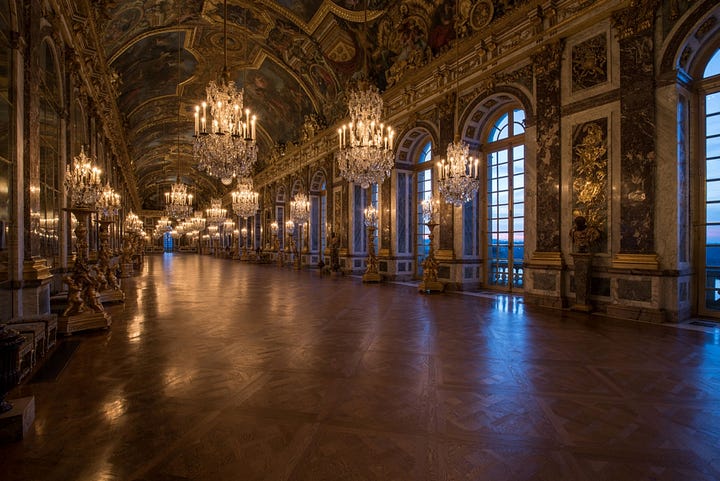
This, in turn, inspired France’s elite to do the same, so they also started pouring money into high-quality furniture and designs. Soon, artisans used their imaginations to come up with all kinds of new furniture inventions to match a growing demand.
For example, a simple wooden chest of drawers known as a commode (below left) was replaced by new types of dressers, such as the chiffonnier, which is taller and with many smaller drawers, or the bureau à gradin, a writing desk with little drawers to keep papers and other items neatly organized.
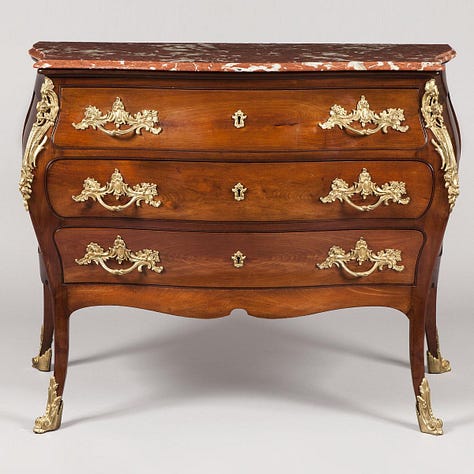

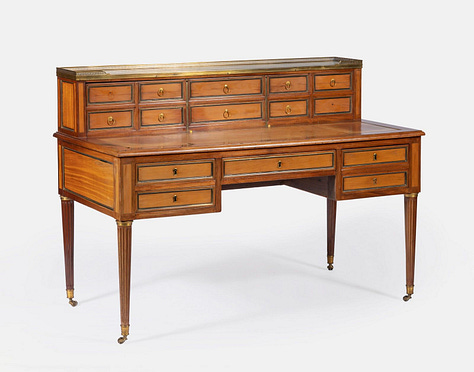
The artisans of Faubourg Saint-Antoine enjoyed a lively trade for centuries. But eventually, the people grew sick and tired of the elite and decided to do something about it. Enter the French Revolution of 1789.
When the revolution happened, the rich folk who bought these handcrafted designs were either disgraced or executed. (Incidentally, the Bastille, the center of revolutionary activity, is just around the corner from Faubourg Saint-Antoine.) As a result, the woodworkers suffered, too.
Here’s an image depicting Faubourg Saint-Antoine during the French Revolution:
Once things settled down, things got better again for the artisans. The Industrial Revolution would also help the industry evolve, along with a change in tastes and interests.
There are many, many books about the ébénistes of France. I’ve looked through a few of them to see hundreds of designs and schematics for furniture. One of them is a lovely illustrated book from 1835 that serves as a ‘Cabinetmaker Manual’. Naturally, the address provided for the author, Caron Aîné, is rue du Faubourg Saint-Antoine.
Here’s his sketch of a toilette anglaise (toilette in this case means the place where a person does their morning wash and prep).

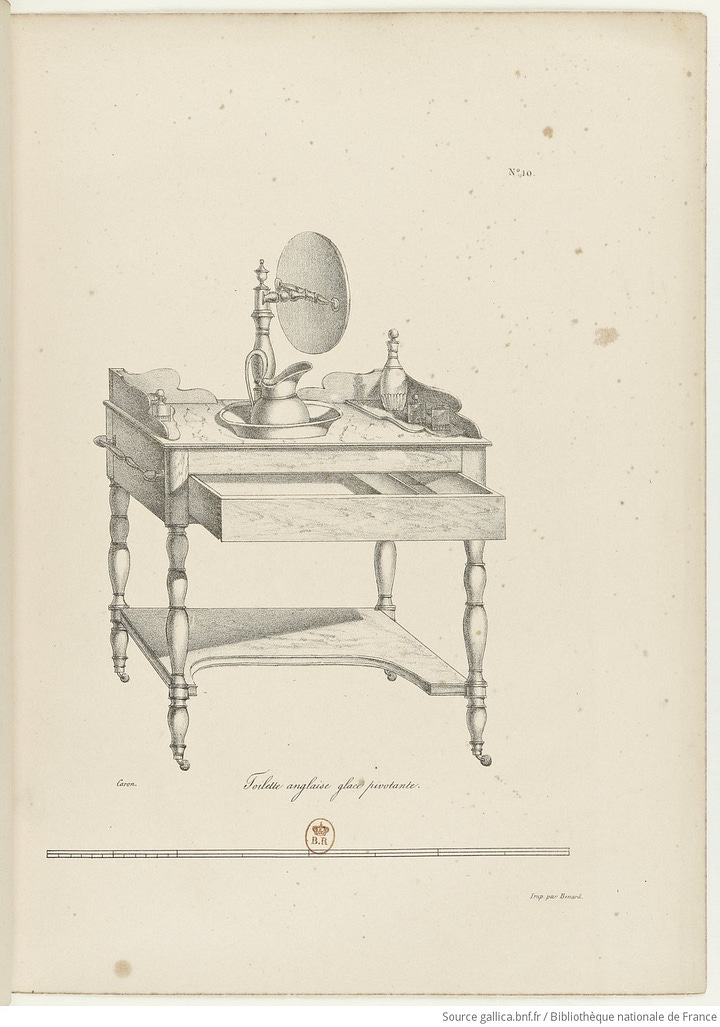
Today, rue Faubourg Saint-Antoine is very much alive and well, and the artisans — like their forebears — are seen as an important part of France’s history and culture.
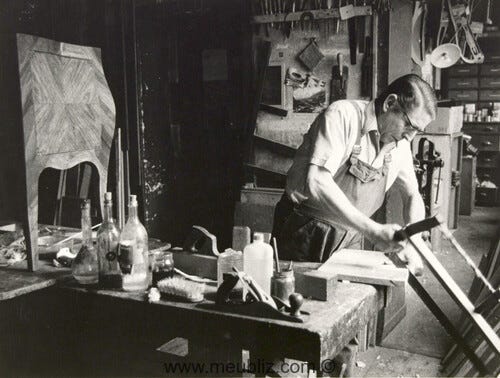

Sources:
https://www.classic-stores.fr/blog/mobilier-de-style/les-ebenistes-du-faubourg-saint-antoine.html
The Artisans of Faubourg St. Antoine (article, in French)





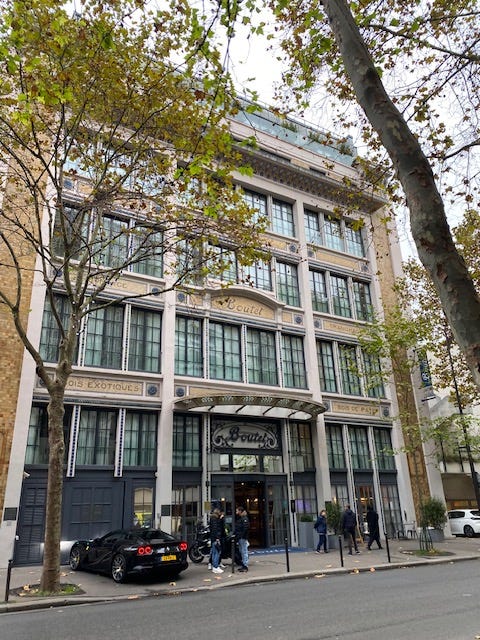


Have you ever thought about how much history is hidden in everyday furniture? This was such an eye-opening read! It’s interesting how trends from places like Versailles trickled down and influenced so many designs. The creativity of artisans adapting to demand is really impressive. Excited to see what other historical gems you uncover next!
I learn so much about French culture and French history from you. It's funny because my husband has an undergraduate degree in all things French and he rarely accesses that Francophile side of himself. You, my Dear, embrace it with your curiosity and writings. Thank you for sharing...